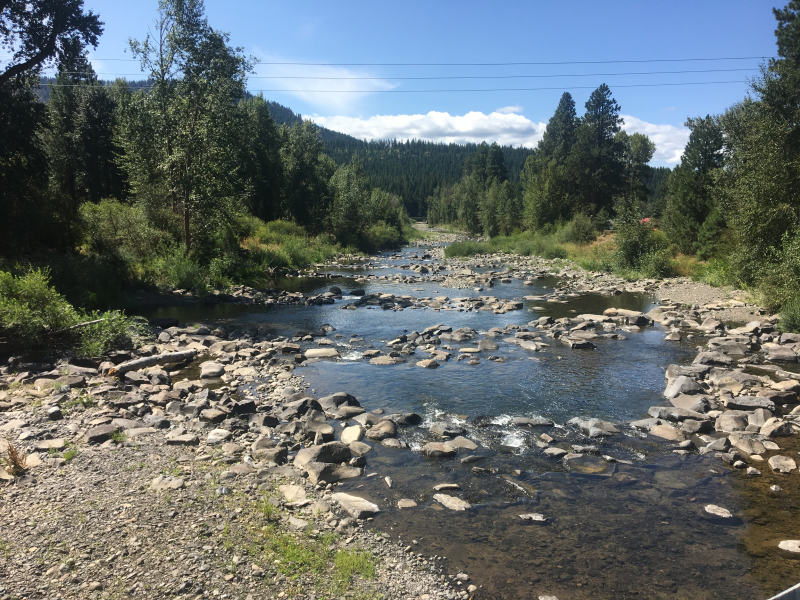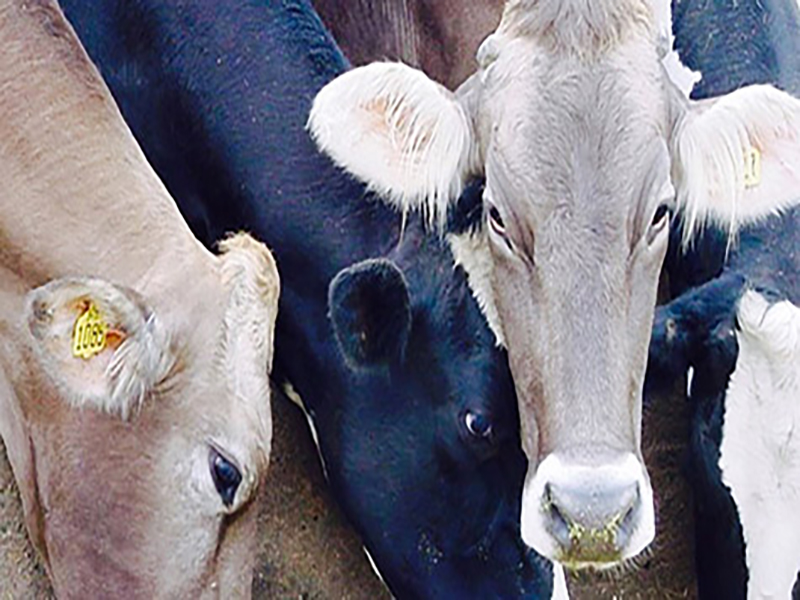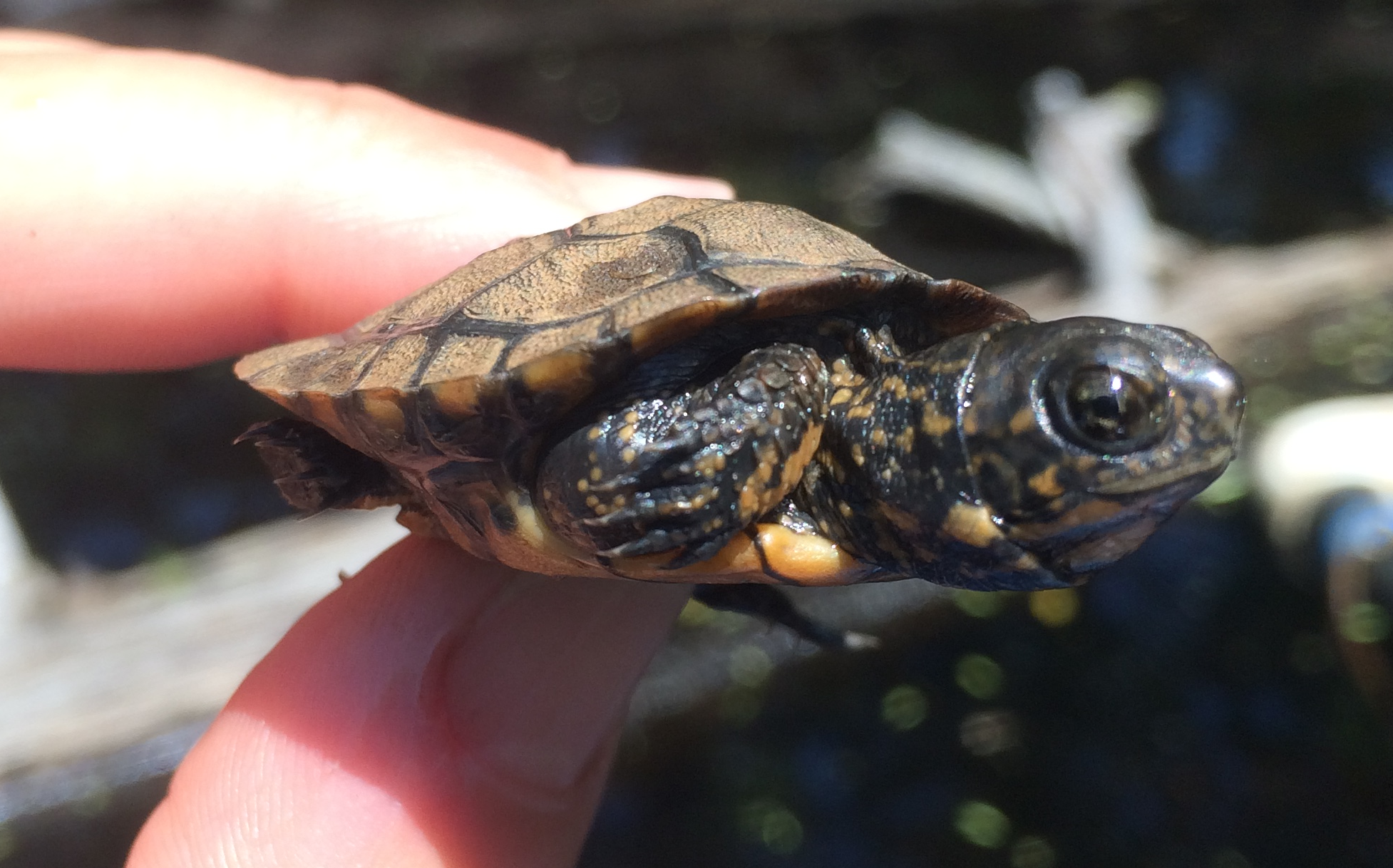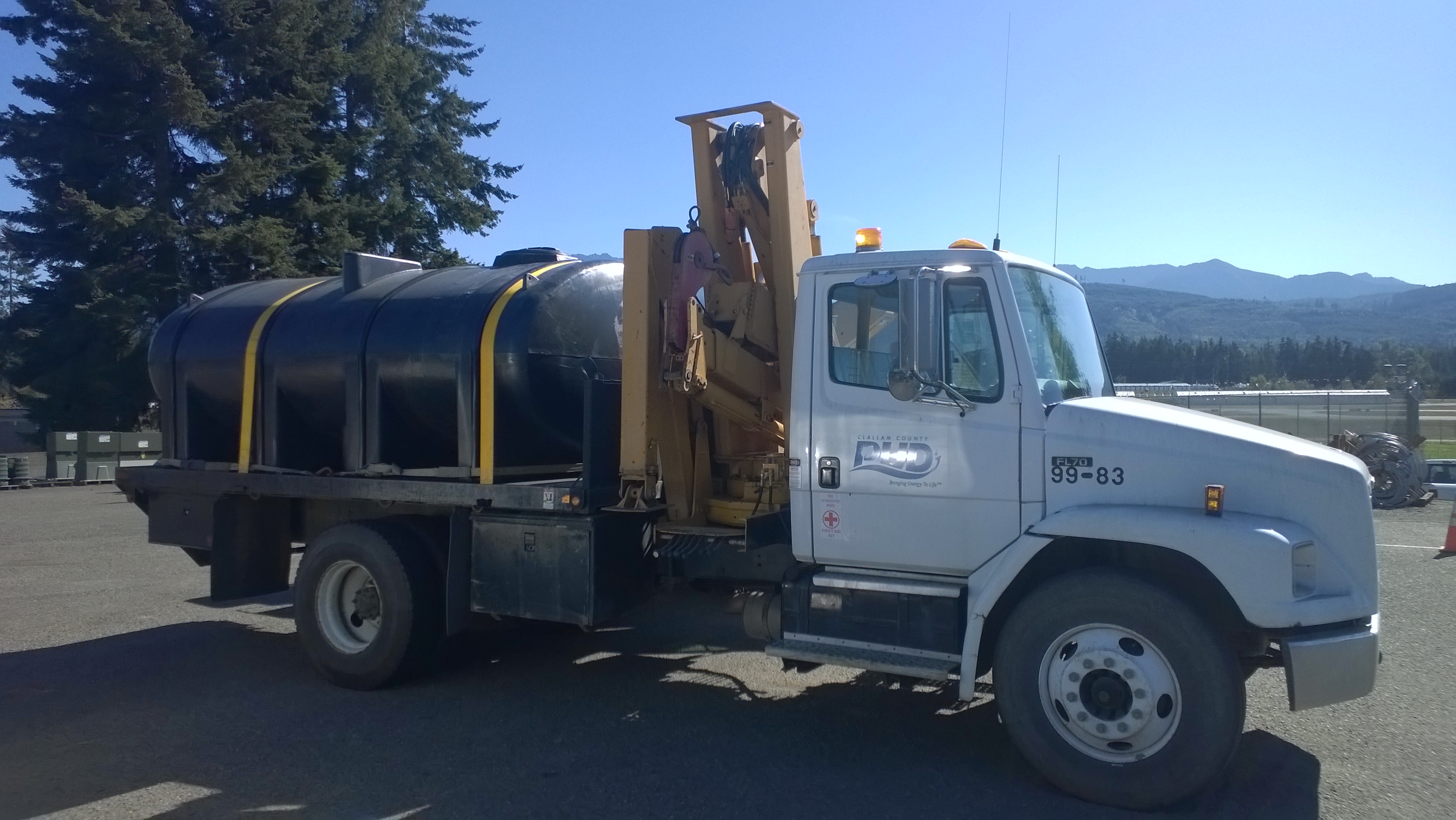
Aid to drought stricken areas has arrived in the form of “pass-through” grants to state agencies. Last month we announced the availability of $750,000 in drought relief funds that would be distributed to agencies, including the Washington Department of Health (DOH), the Washington Department of Fish and Wildlife (WDFW), and the State Conservation Commission.
The money will be distributed in the form of reimbursements to these agencies for several projects.
State Conservation Commission
The SCC will receive $96,000 for technical assistance to help mitigate drought impacts in five conservation districts including Palouse, Central Klickitat, Eastern Klickitat, Columbian, and Benton. There are also plans to spend $30,000 on public livestock watering points.
Washington Department of Fish and Wildlife
The WDFW will receive $388,000 to deal with hatchery impacts, fish passage, and habitat access. Fish passage is especially important for threatened salmon species that can’t tolerate the high water temperatures that occurred during this summer’s heat waves. Additionally, some money may be used to rescue endangered western pond turtles whose habitat was damaged during the drought.
Washington Department of Health
The DOH will use Ecology’s emergency drought funds to ensure the availability of drinking water in areas with smaller water systems. This includes supporting the hauling of water to public water systems whose sources have gotten too low to supply domestic water needs.
This year’s drought was a surprise
Compared to previous drought relief budgets, $750,000 seems like a small amount. In 2015 we had a little more than $16 million for drought relief. In 2019 we had $2 million. In 2021, drought conditions materialized after the Legislative session had ended.
We usually forecast drought based on water supply forecasts, snowpack, and precipitation. Snowpack this year was 150 percent of normal in some places. Water supply forecasts were normal to above normal over most of the state, especially in snowpack-dominated watersheds where emergency water right permitting has been necessary in previous drought years. Given that information, we didn’t ask the Legislature to appropriate money for drought relief.
According to State Climatologist Nick Bond, the water year that began in October 2020 was the seventh warmest since 1895. He said that even with ample snowpack coming in the winter, there was no way six months ago to predict that spring and summer would be so hot and dry.
We followed our May 24 Drought Advisory with a Drought Emergency Declaration on July 14 for most of the state. Those areas with water storage were able to capture the early runoff and weather the lack of precipitation.
Even areas with full reservoirs, like the Yakima River Basin, are seeing extremely high temperatures in the lowlands and exceptional drought conditions with poor soil moisture. Worst of all are the far eastern counties that rely on spring rains for grain and pulse crops. There is considerable uncertainty whether rains this fall and winter will be adequate to totally eliminate moisture deficits for plantings this fall (winter wheat) and next spring.
Since the emergency drought declaration, there have only been two emergency drought permit requests. Both were granted, allowing the Skagit Public Utlities District to transfer rights to junior water users and avoid curtailment.
We will continue working with the state Legislature and the Office of Financial Management to find new sources of relief to drought-stricken areas.




